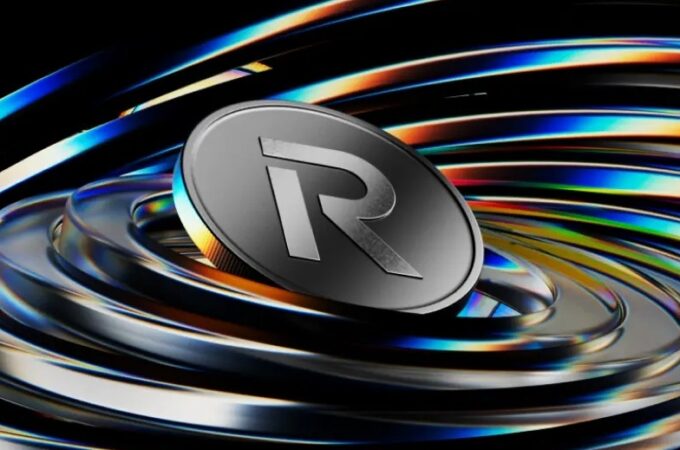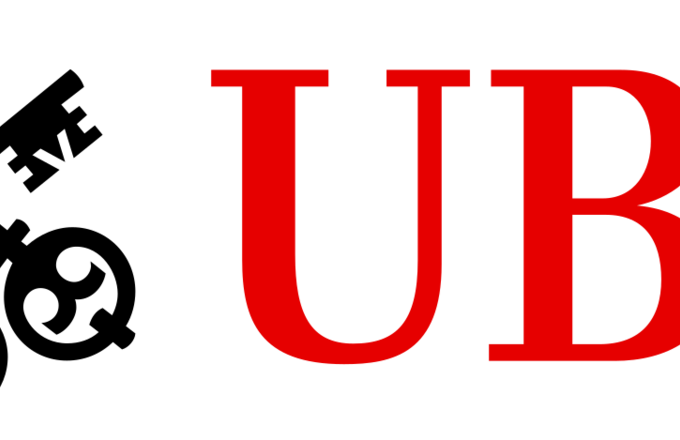
How To Succeed As A Challenger Bank
via Forbes
OBSERVATIONS FROM THE FINTECH SNARK TANK
Challenger banks, neobanks –or whatever you want to call these fintech startups–face a number of challenges themselves:
- Consumers don’t want a bank just because it doesn’t have branches.
- The digital user experience at banks–especially the mega-banks–isn’t as bad as many challenger banks claim.
- Even if a challenger bank’s user experience was superior, consumers don’t simply want a better experience–they want better products and services.
- Many challenger banks have yet to demonstrate sustainable revenue generation.
To date, US consumers have accessorized their primary checking accounts with accounts from the challenger banks, creating strategic challenges for those startups.
Does a newly launched challenger bank have what it takes to succeed?
Is HMBradley Different?
The new challenger is HMBradley. Two things to know about the firm before getting into the details of its offering:
- The investors putting up the seed round include HVF Labs which was founded by fintech god Max Levchin. This is enough to invoke the Levchin name in the headline of every article about HMBradley (except this one).
- The story of how the firm got its name is confusing and convoluted and you’ll have to go read one of those other articles to learn about it.
Like practically every other neobank in the market, HMBradley talks about being “designed for modern life,” offering a “completely digital experience,” and having a “painless” account opening process.
One real difference, however, is its tiered savings rates.
The startup has established four rate tiers tied to the percentage of a customer’s direct deposits that are saved. The tiers range from earning 1% for saving between 5% and 10% of direct deposits to 3% for saving more than 20% of direct deposits. Saving less than 5% of quarterly deposits doesn’t qualify for any savings tier.
So let’s say that in Q1 2020, an account holder earned $50,000 which was direct deposited into the neobank, and on March 31 had an account balance of $10,001.
In this scenario, the account holder would be eligible for the 3% interest tier, and throughout Q2 2020 would be paid 3% on the entire account balance.
If that customer only saved 17% of his or her income in Q2, then in Q3 the account would drop to Tier 2 and earn a 2.25% interest rate.
The bank calculates the annual percentage yields on average daily balance like most other banks, so customers should set expectations accordingly.
Is There a Business Model?
Another big difference is HMBradley’s plan to generate revenue.
Like other neobanks, HMBradley expects to earn interchange fees from card purchases, but will also generate revenue from two other sources. According to CEO Zach Bruhnke:
“We get paid on total asset size by our sponsor bank (yes, we are actually incentivized to grow deposits). And we have the ability to lend customers money from the sponsor bank’s balance sheet and share in the net interest margin.”
HMBradley’s Critical Success Factors
To succeed, HMBradley needs enough consumers who:
- Can save enough of their paycheck to make the startup’s attractive interest rates a reality, and
- Are aware of the challenger bank in the first place.
How Much Do People Save?
The first criterion begs the question: how much do people really save?
According to the Federal Reserve Bank of St. Louis, personal saving as a percentage of disposable personal income was 6.5% in Q3 and Q4 2016 at the end of the Obama era, and has increased to 8.1% in Q3 2019, down slightly from a peak of 8.5% in Q1 2019.

Personal saving as % of disposable income FEDERAL RESERVE BANK OF ST. LOUIS
If a prospective HMBradley customer is saving at the average (~8%), that would only qualify them for the Tier 1 savings rate of 1%, which they could beat elsewhere.
But HMBradley’s offering:
- Provides incentives to the “average” American to save more in order to earn the higher rate, and
- Might attract “above-average” consumers who save (and likely earn) more, enabling the startup to avoid the issue Chime and others have regarding attracting a lower- to middle-income customer base.
How Much Do Challenger Banks Spend on Marketing?
Bruhnke said HMBradley’s marketing plan will include word-of-mouth and out-of-home advertising campaigns. He added, “While we will do some paid advertising, it will not be paramount to our success.”
We’ll see about that last part.
According to Kantar, HMBradley competitors Chime and Aspiration spent $13.8 million and $12.7 million, respectively, on TV in the first half of 2019.
Paid search has also been a part of Chime’s success. In Kantar’s analysis of market share of total paid search clicks, Chime came in at second place for both desktop and mobile advertising, behind Bank of America, beating out heavyweights like Discover and Citi.
In addition, by my estimates, Goldman Sachs’ Marcus spent $80 million on advertising in 2017 and double that in 2018.
New challenger banks in the US may not need that kind of budget to scale, but the “let’s pre-announce, brag about our waiting list, then wait for referrals to roll in when we launch” approach isn’t a prescription for success.
Succeeding as a Challenger Bank
According to research from Cornerstone Advisors, consumers open accounts with digital banks for some combination of three reasons: 1) Better interest rates; 2) Better debit card rewards; and/or 3) Better personal financial management tools.
Succeeding as a challenger bank (in the US) requires:
- Differentiation on the basis of product or service–not user experience (or design);
- A strategy that either: a) enables the firm to be profitable as a niche product, or b) provides a path for customers to make the startup their primary bank; and
- Scale driven by some good old-fashioned targeted marketing and advertising–not just the new-fashioned “word-of-mouth” approach.
This is echoed (somewhat) by Unifimoney founder Ben Soppitt’s piece titled A blueprint for scaling a Challenger Bank in America and hitting a $25bn+ valuationin which Ben argued that, to achieve mass scale, a challenger bank needs to:
- Win in each of the core products to support saving, spending and investments.
- Serve all of a customer’s wealth life cycle adaptively.
- Bring best practice in behavioral science to product design.
- Create holistic value propositions that capture total customer value.
Note that Soppitt emphasizes “core products” and “value proposition”–not “user experience.”
Which isn’t to say that user experience isn’t important–it’s just not a differentiating factor because: 1) It’s too fuzzy a concept, and 2) User interface improvements are often easily replicated by other competitors.
HMBradley is certainly addressing the savings aspect of the core product with a behavioral science angle (through the tiers), and by tying the rate tiers to direct deposit, it may drive primary institution status.
In addition, it’s focused on a definable segment of the market–people who want to optimize or improve their savings rate.
Despite what some neobanks might think, that’s not everybody. In fact, too many challenger banks define their target market as people who “struggle with their finances.” Got news for you: A “better” bank account is hardly what they need.
As for those challenger banks, expect to see shifts in strategy over the next 12 months as scaling and profitability under their current strategies falter.
Ron Shevlin is the Managing Director of Fintech Research at Cornerstone Advisors. Author of the book Smarter Bank, Ron is ranked among the top fintech influencers globally, and is a frequent keynote speaker at banking and fintech industry events.





